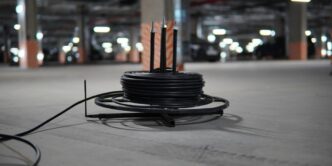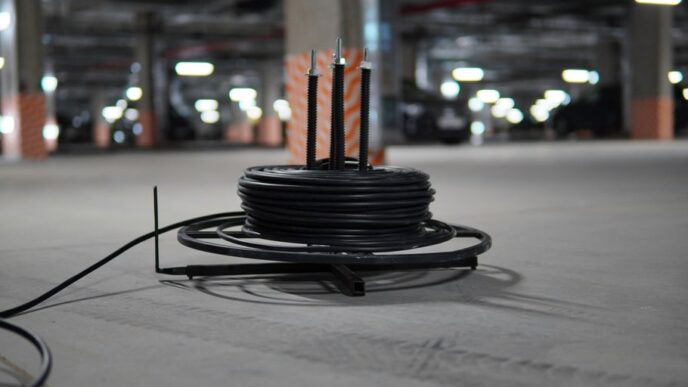Introduction:
Wheel alignment is a crucial aspect of vehicle maintenance that directly influences the handling, performance, and lifespan of your tires. While professional wheel alignment services are widely available, the prospect of performing a do-it-yourself (DIY) wheel alignment has gained traction among car enthusiasts and those looking to save on maintenance costs. In this article, we explore the basics of DIY wheel alignment, the tools required, step-by-step procedures, and the importance of proper wheel alignment for your vehicle.
Understanding Wheel Alignment:
Wheel alignment refers to the adjustment of a vehicle’s suspension components to ensure that the wheels are perpendicular to the ground and parallel to each other. Proper alignment contributes to even tire wear, improved fuel efficiency, and responsive handling. Misaligned wheels, on the other hand, can lead to uneven tire wear, reduced fuel efficiency, and compromised vehicle safety.
Tools Required for DIY Wheel Alignment:
- Jack and Jack Stands:
- Lift the vehicle off the ground to easily access the wheels.
- Tape Measure:
- Measure the distances between specific points on the front and rear tires to assess alignment angles.
- String or Laser Level:
- Create a straight reference line along the side of the vehicle to gauge wheel alignment.
- Camber, Caster, and Toe Plates:
- Specialty plates designed to measure camber, caster, and toe angles accurately.
- Wrenches and Adjustable Spanners:
- Loosen and adjust suspension components as needed.
DIY Wheel Alignment Procedure:
- Prepare Your Vehicle:
- Park the vehicle on a level surface and ensure the tires are properly inflated.
- Set Up Reference Lines:
- Use string or a laser level to create a straight reference line along the sides of the vehicle. This line will be used to gauge the alignment of the front and rear wheels.
- Check and Adjust Camber:
- Use a camber gauge or camber plates to measure the angle of the wheels in relation to the vertical axis. Adjust the camber as needed by loosening and tightening the appropriate suspension components.
- Assess Caster:
- Caster refers to the angle of the steering pivot when viewed from the side. While DIY adjustments for caster are limited, it’s essential to check for any significant discrepancies that may require professional attention.
- Measure and Adjust Toe:
- Use a tape measure to check the distance between the front and rear of the tires. This measurement indicates toe alignment. Adjust toe angles by loosening and tightening tie rods until the desired measurement is achieved.
- Repeat for All Wheels:
- Perform the alignment procedure for all four wheels, ensuring uniformity in adjustments.
- Test Drive and Reassess:
- Take the vehicle for a test drive to assess the handling and steering response. If needed, fine-tune the adjustments for optimal performance.
Importance of Proper Wheel Alignment:
- Tire Longevity:
- Proper alignment promotes even tire wear, extending the lifespan of your tires.
- Fuel Efficiency:
- Misaligned wheels can lead to increased rolling resistance and reduced fuel efficiency. Proper alignment helps optimize fuel consumption.
- Vehicle Handling and Safety:
- Well-aligned wheels contribute to responsive steering and improved vehicle handling, enhancing overall safety on the road.
- Cost Savings:
- Regular DIY wheel alignments can contribute to cost savings by preventing premature tire wear and avoiding potential damage to suspension components.
Conclusion:
While DIY wheel alignment can be a cost-effective solution, it’s essential to recognize the limitations of this approach. Professional wheel alignment services, equipped with specialized tools and expertise, remain the gold standard for achieving precise and accurate results. However, for those with a mechanical inclination and a willingness to invest time in careful measurements and adjustments, DIY wheel alignment can serve as a satisfactory maintenance solution, promoting the optimal performance and longevity of your vehicle’s tires.













